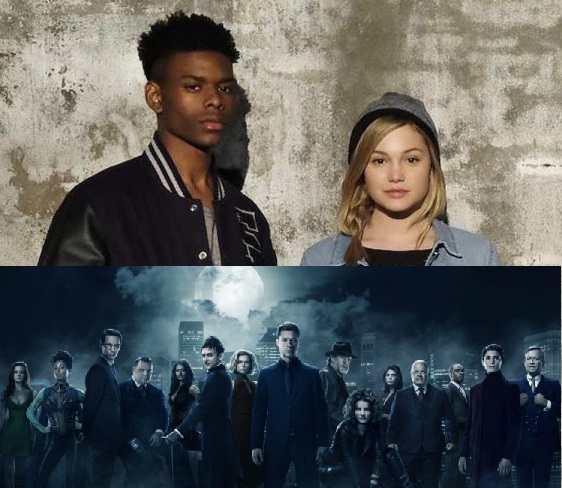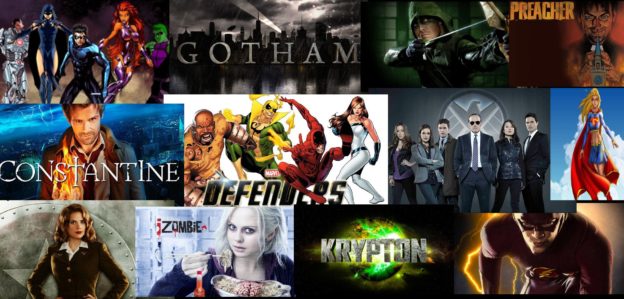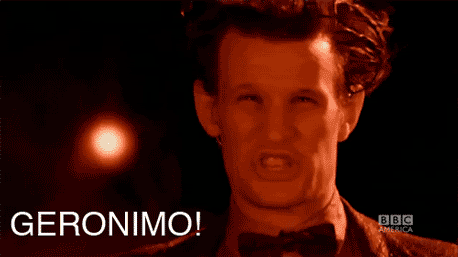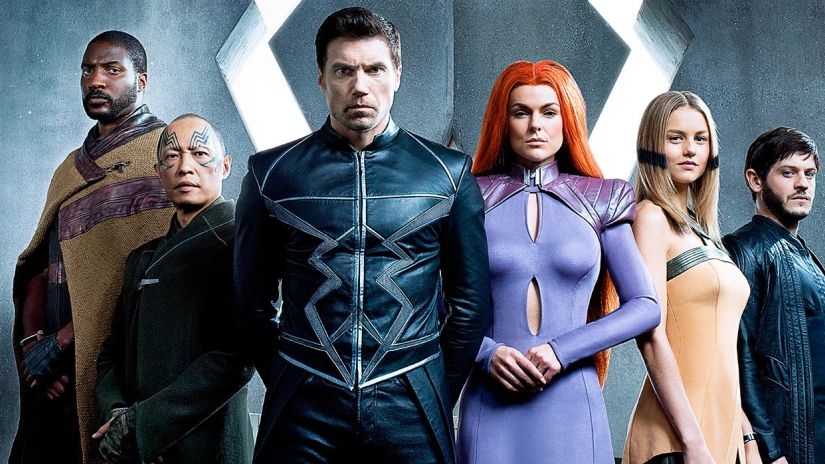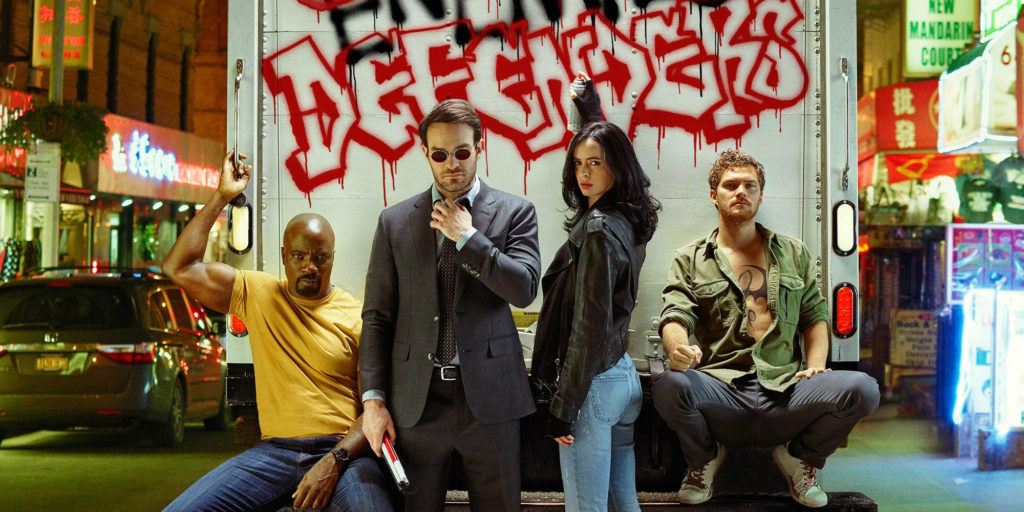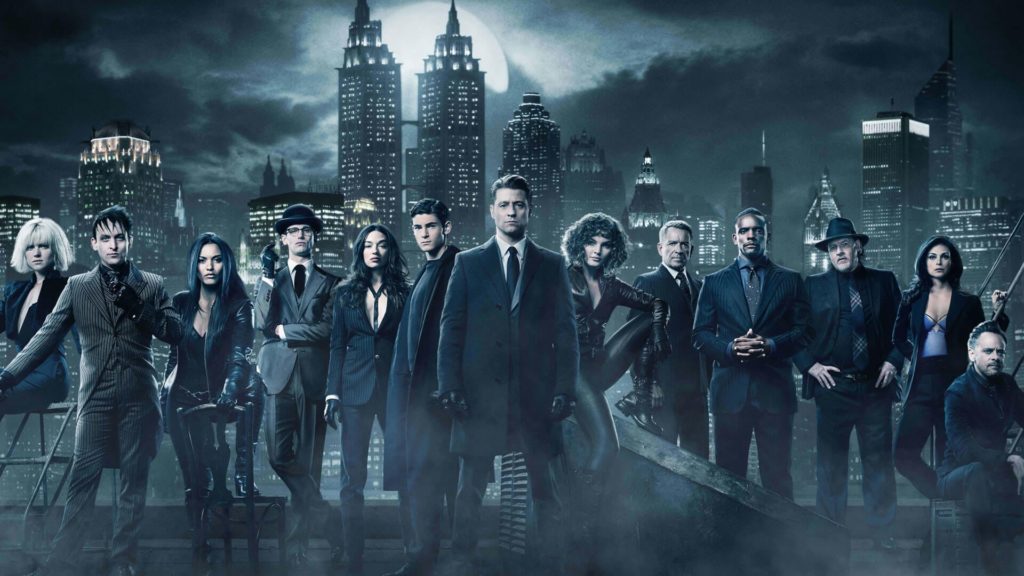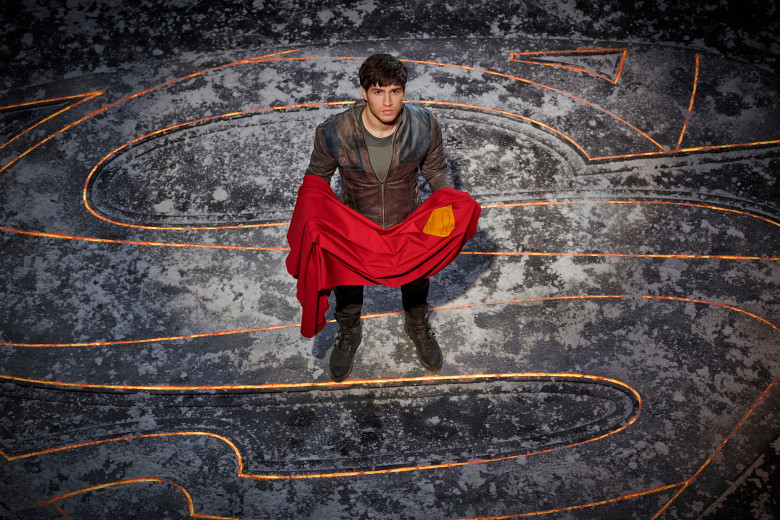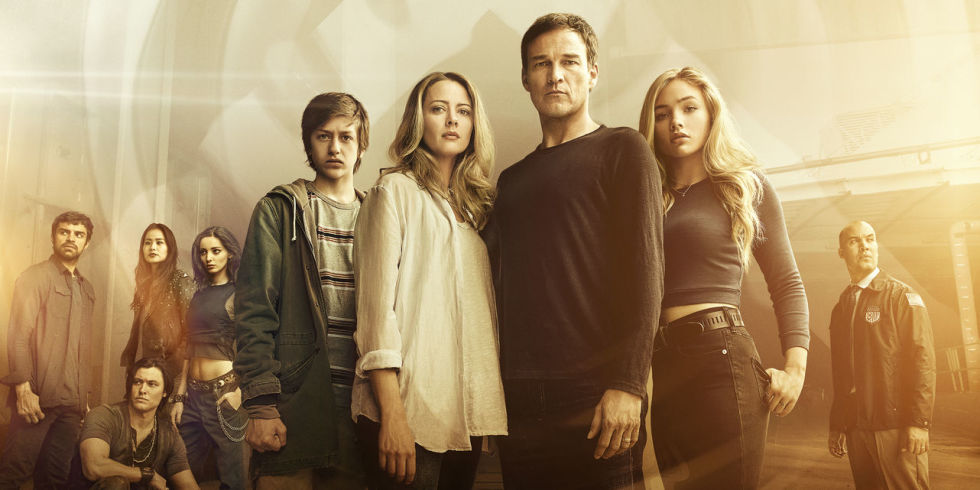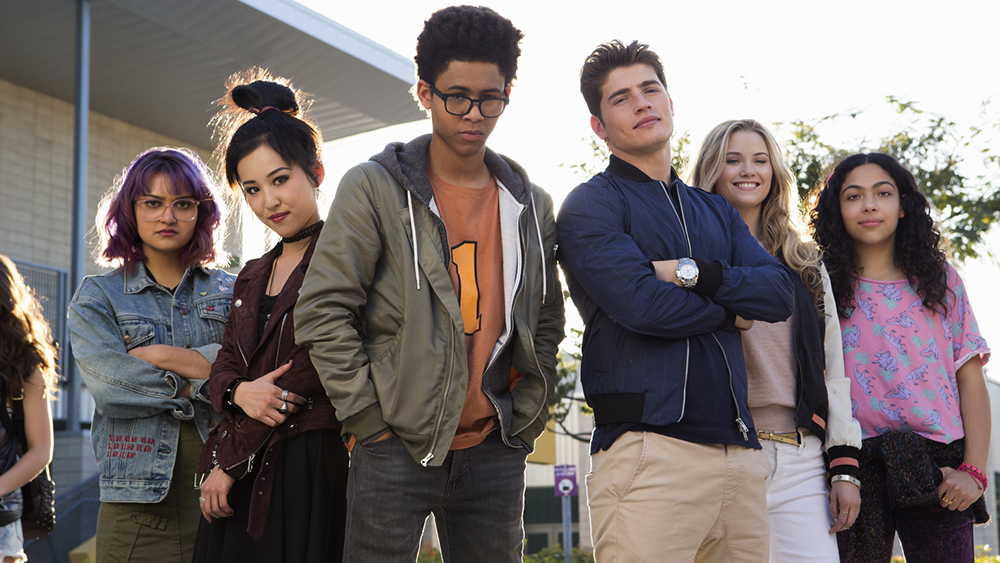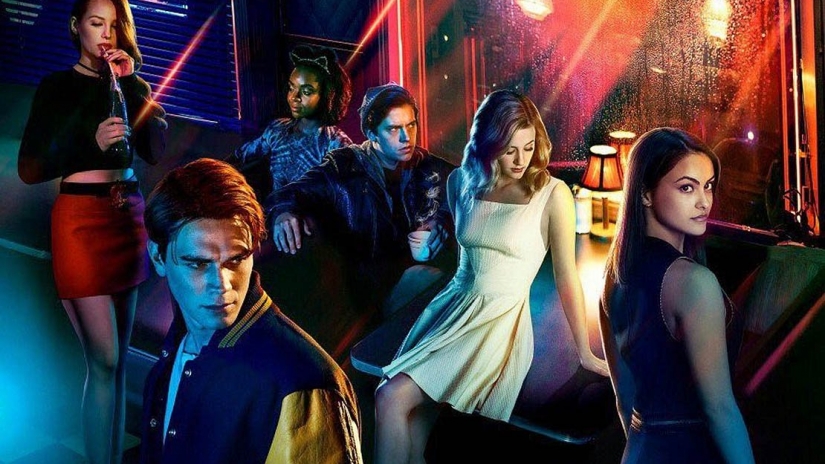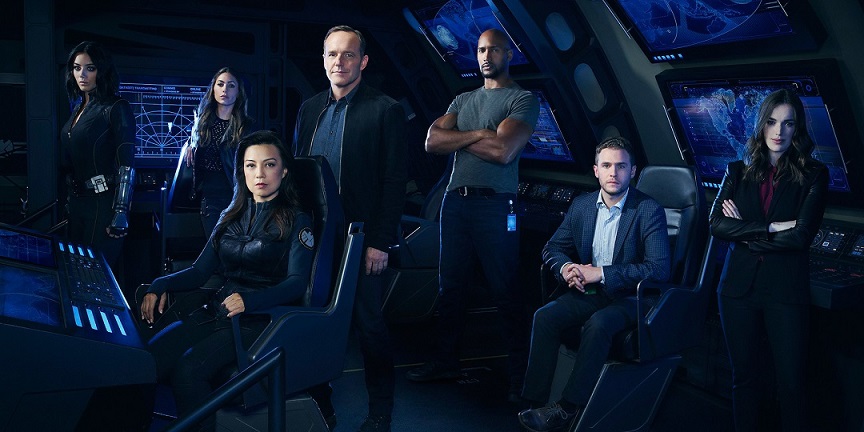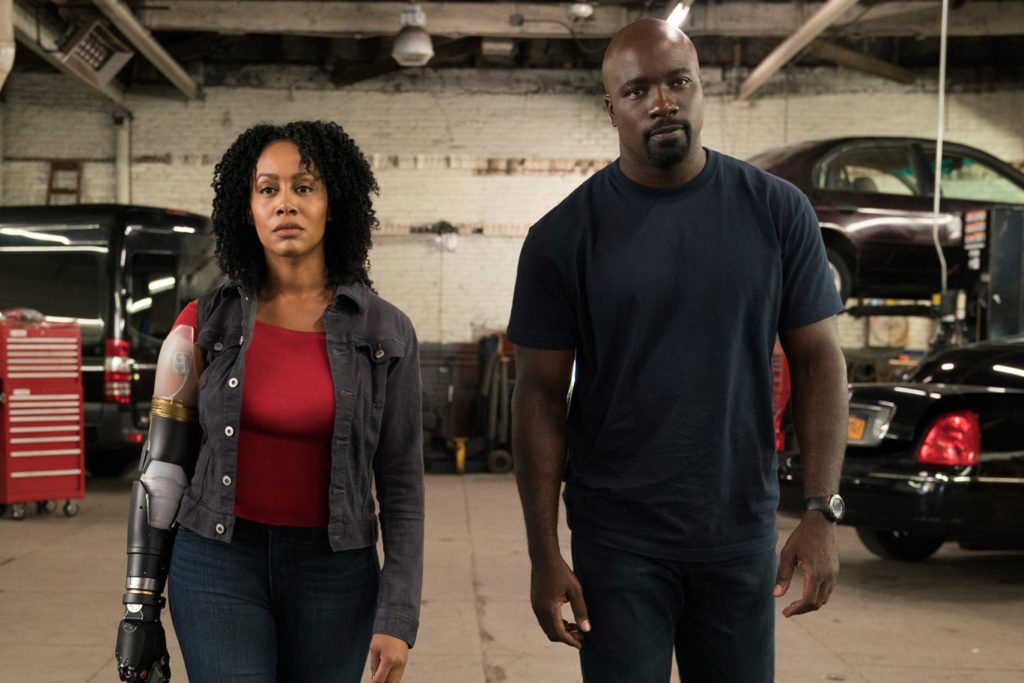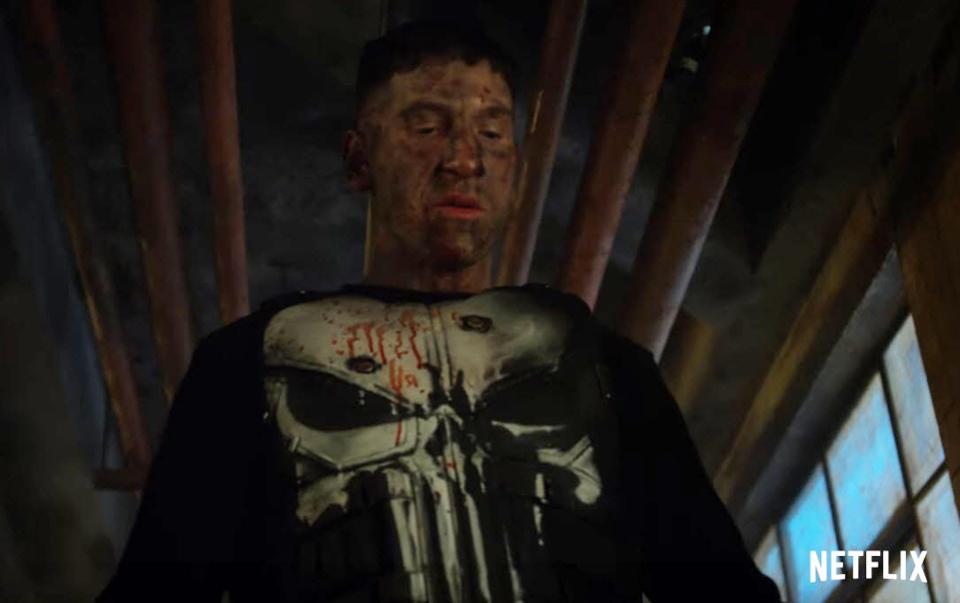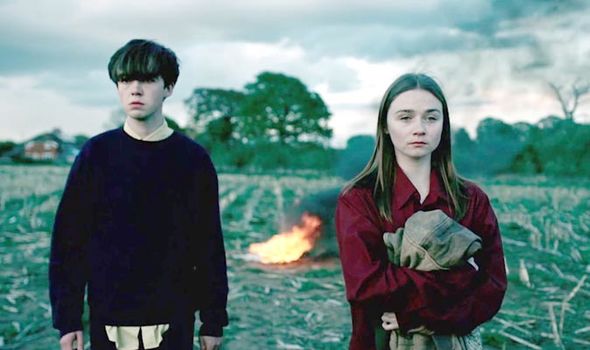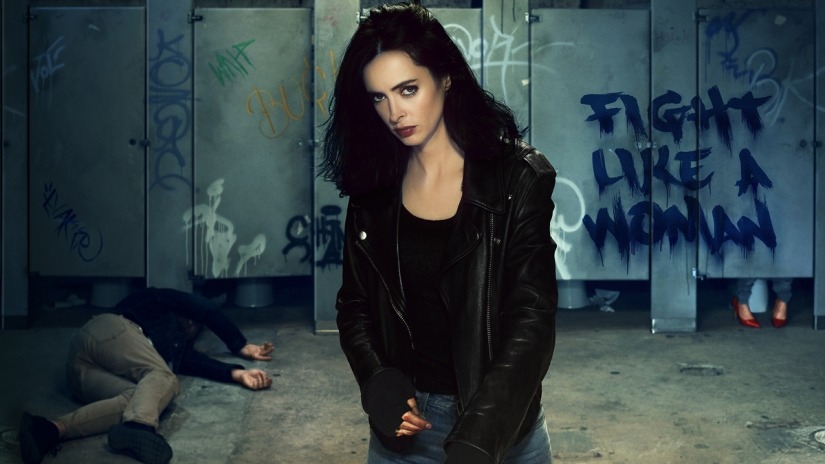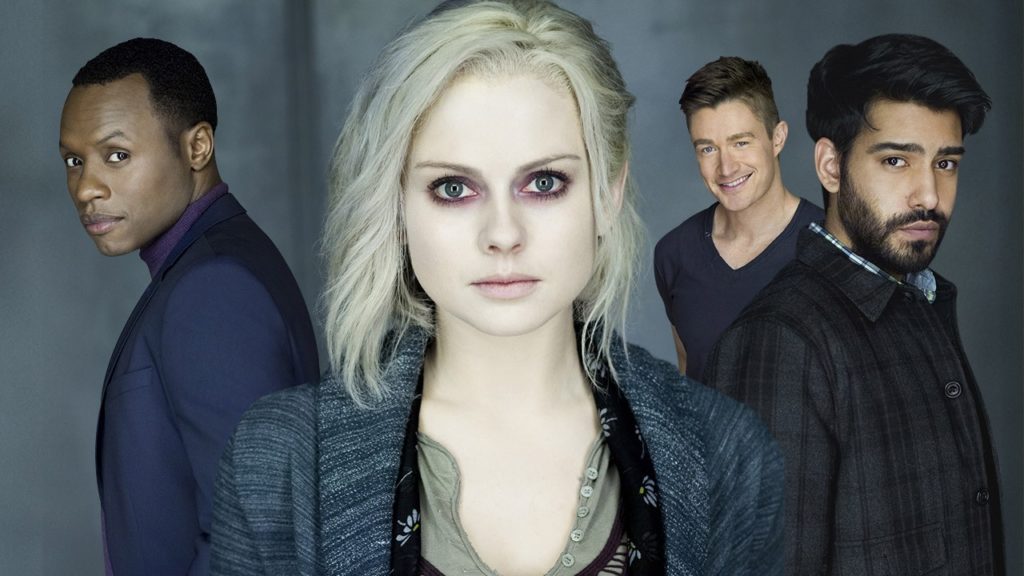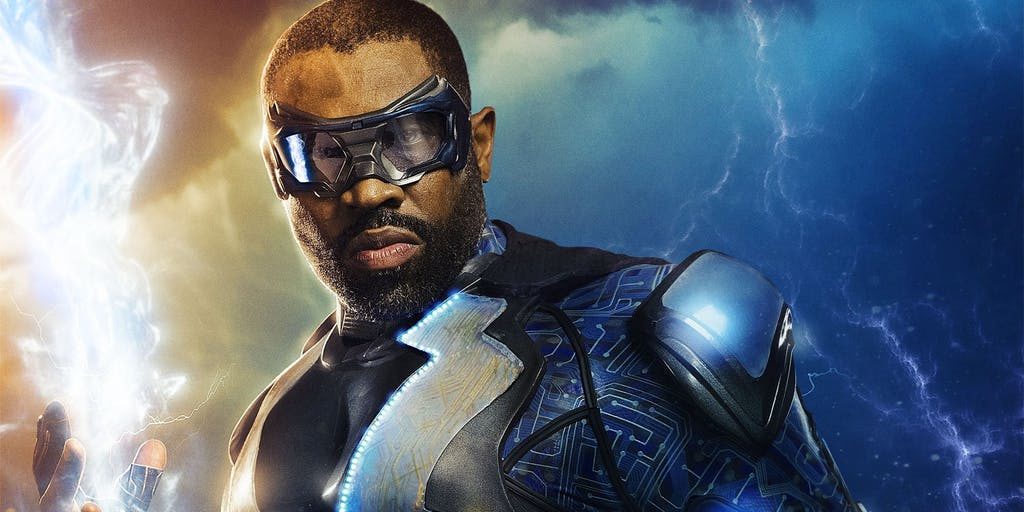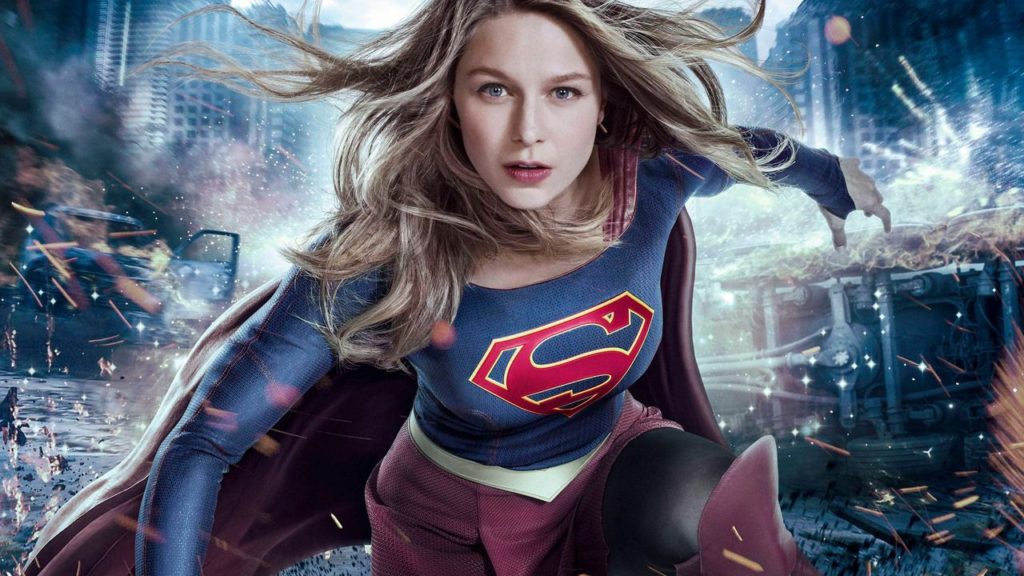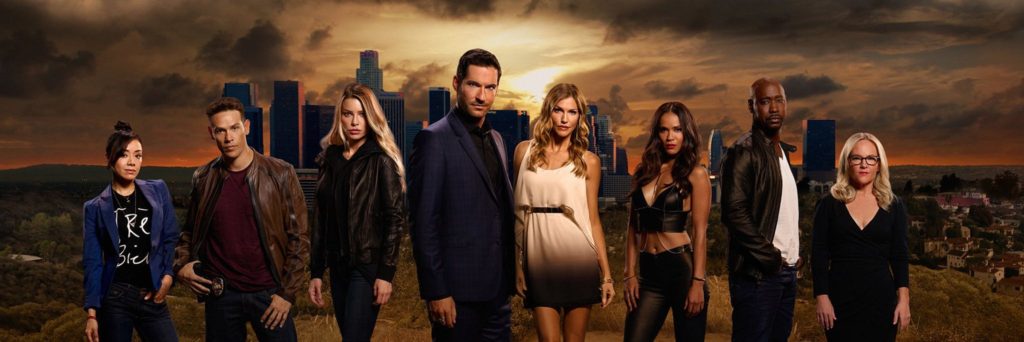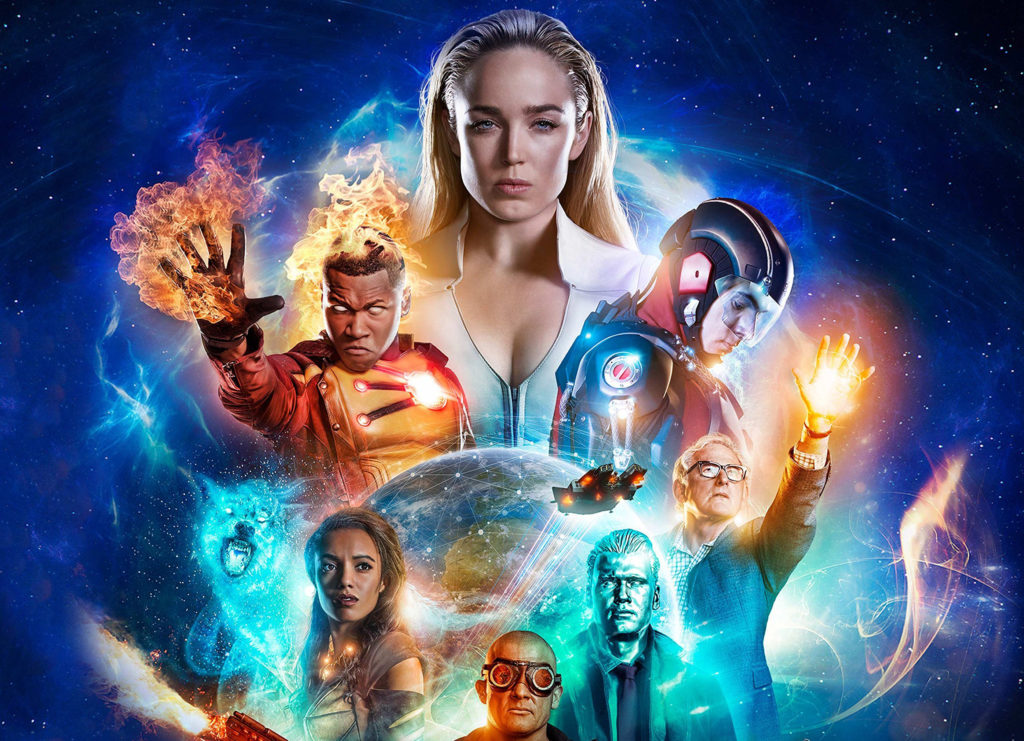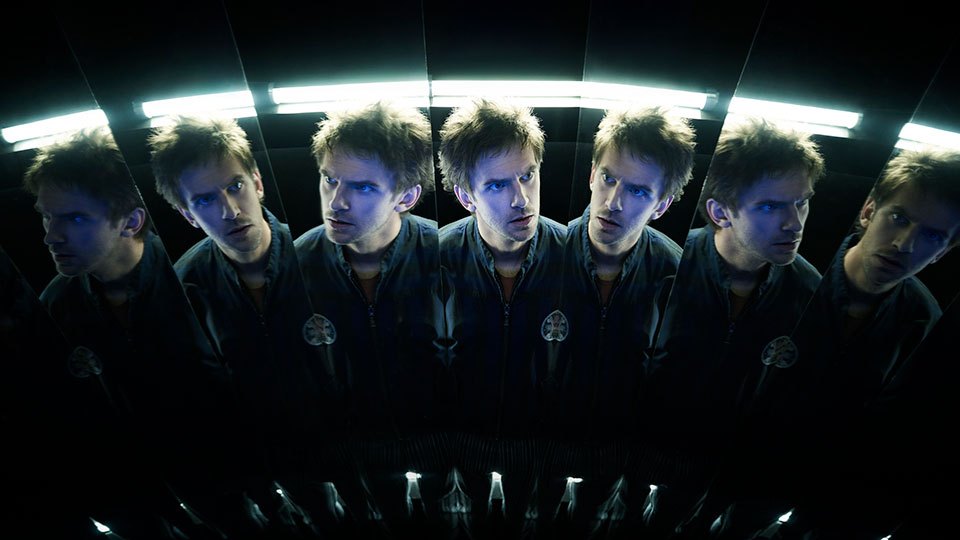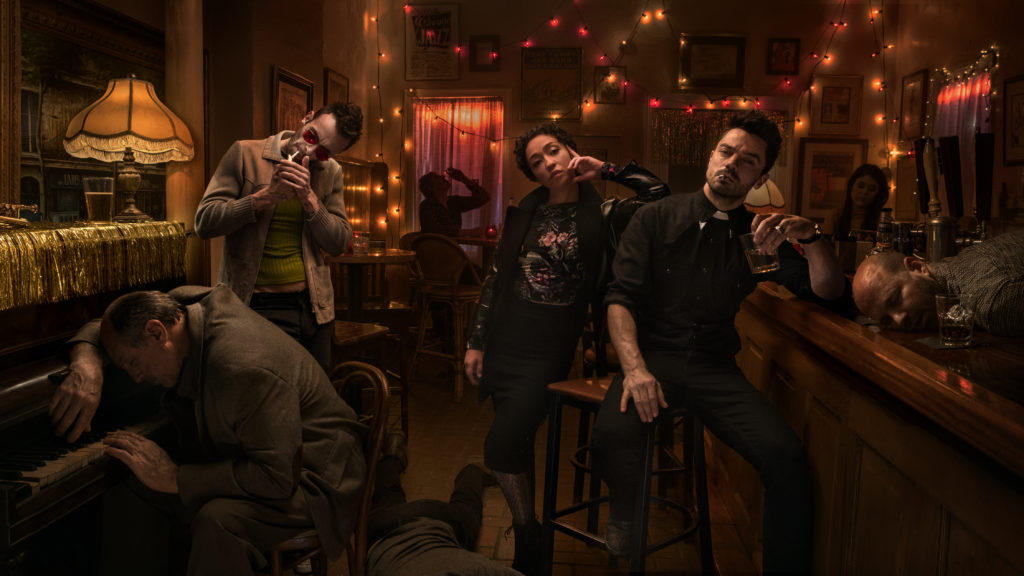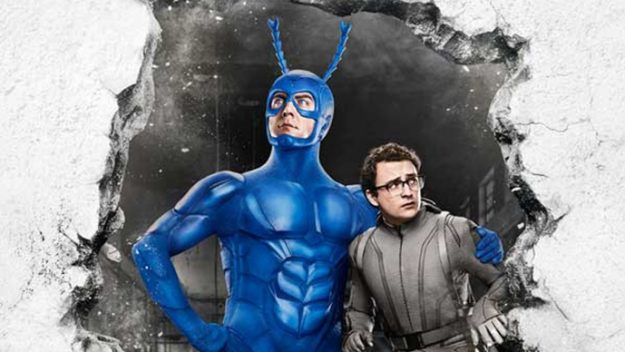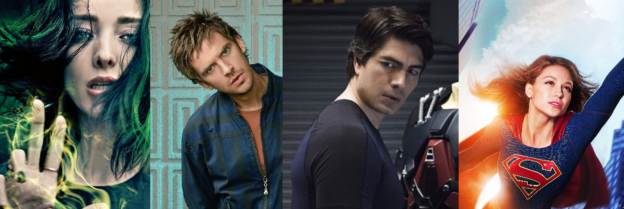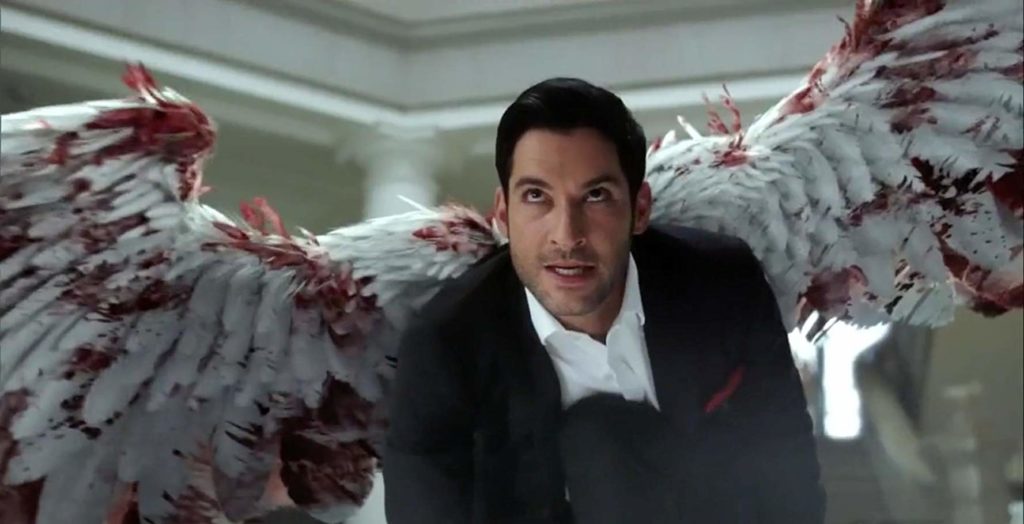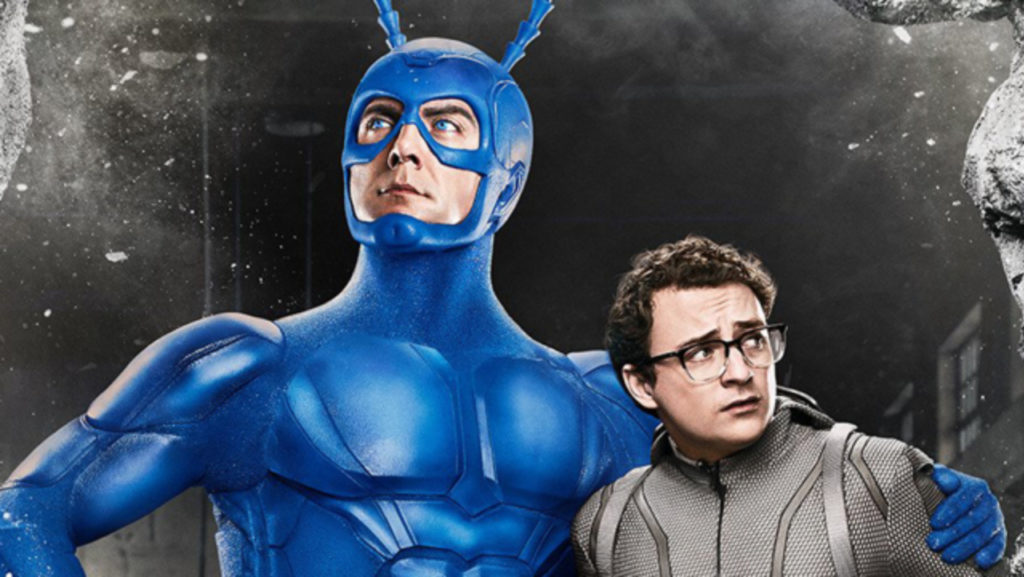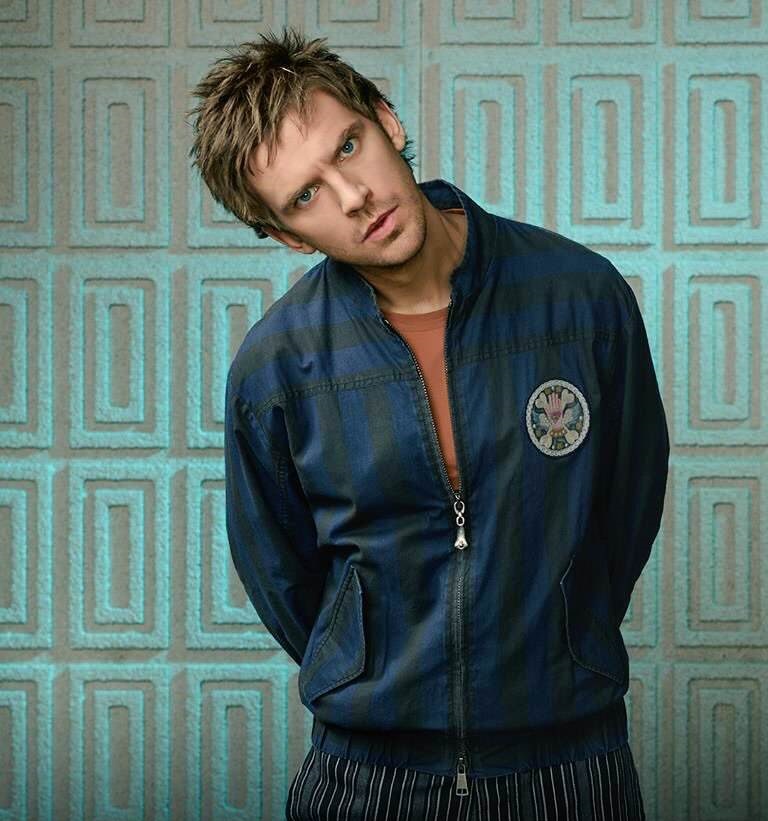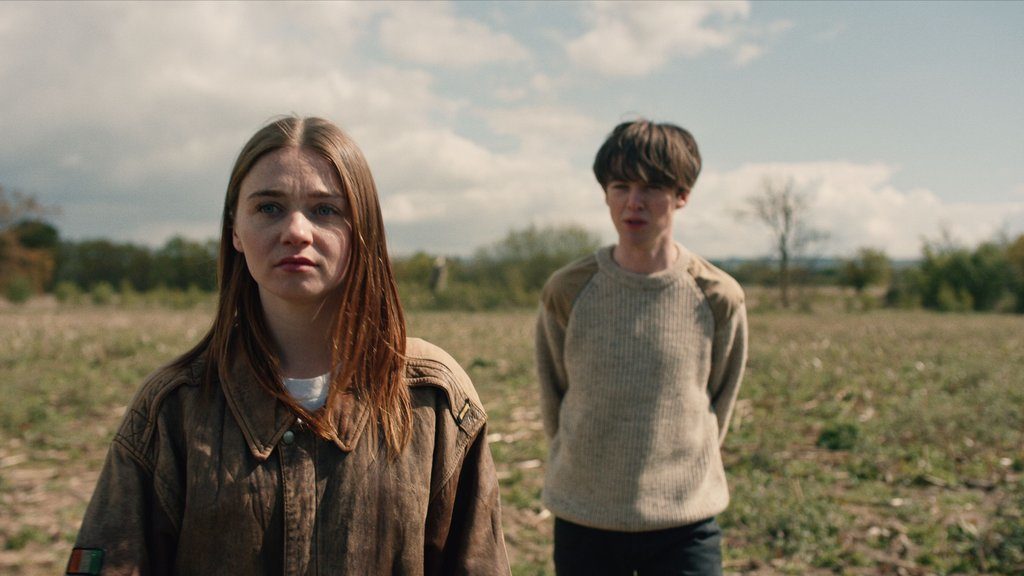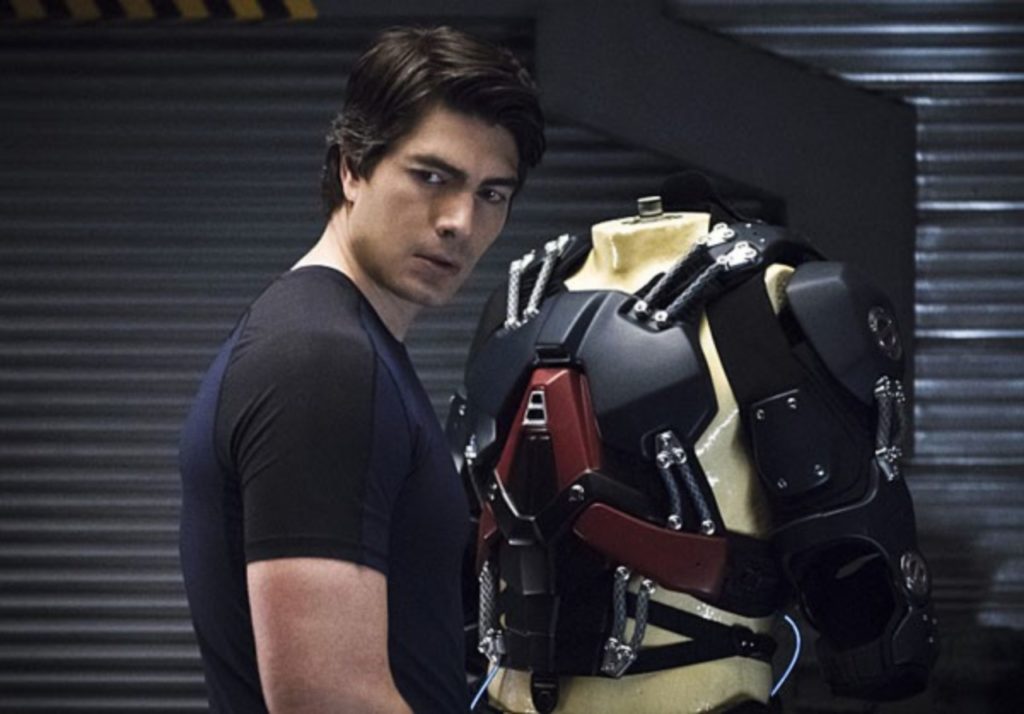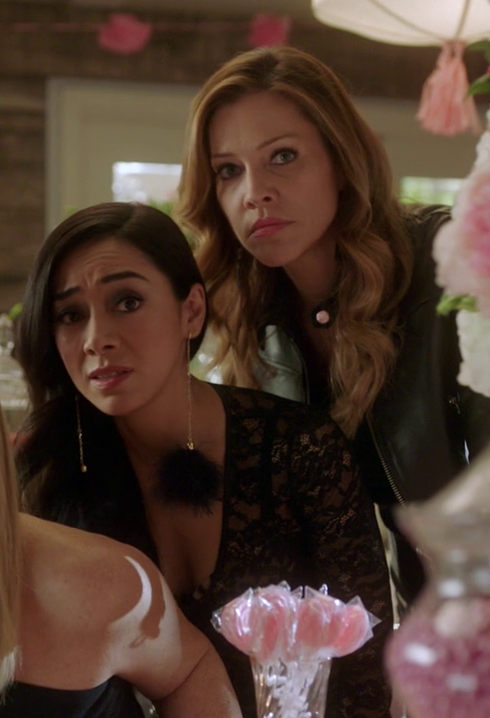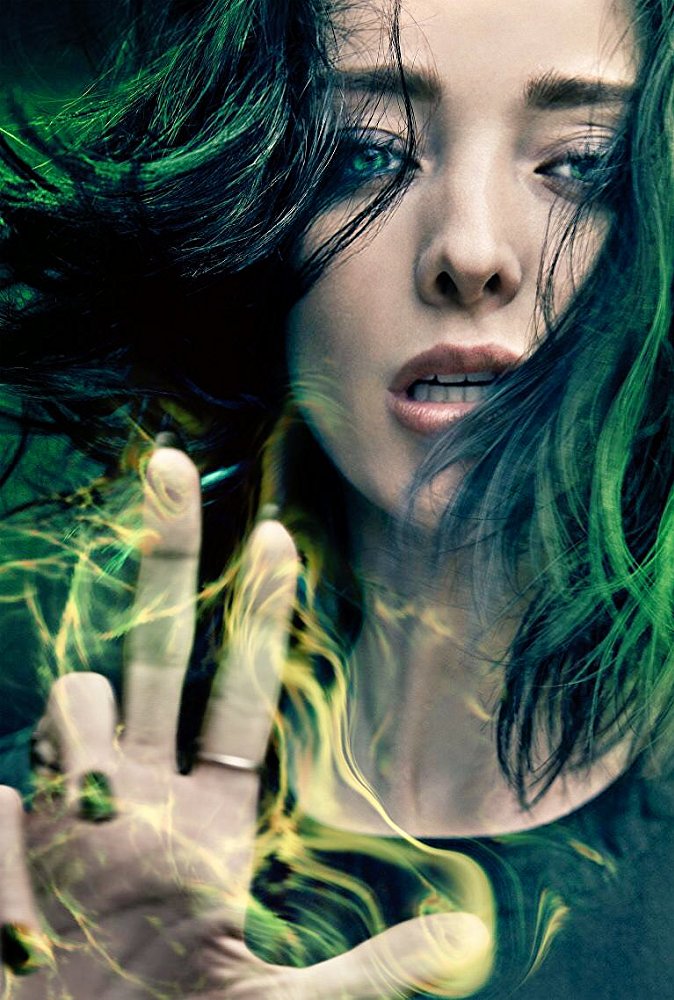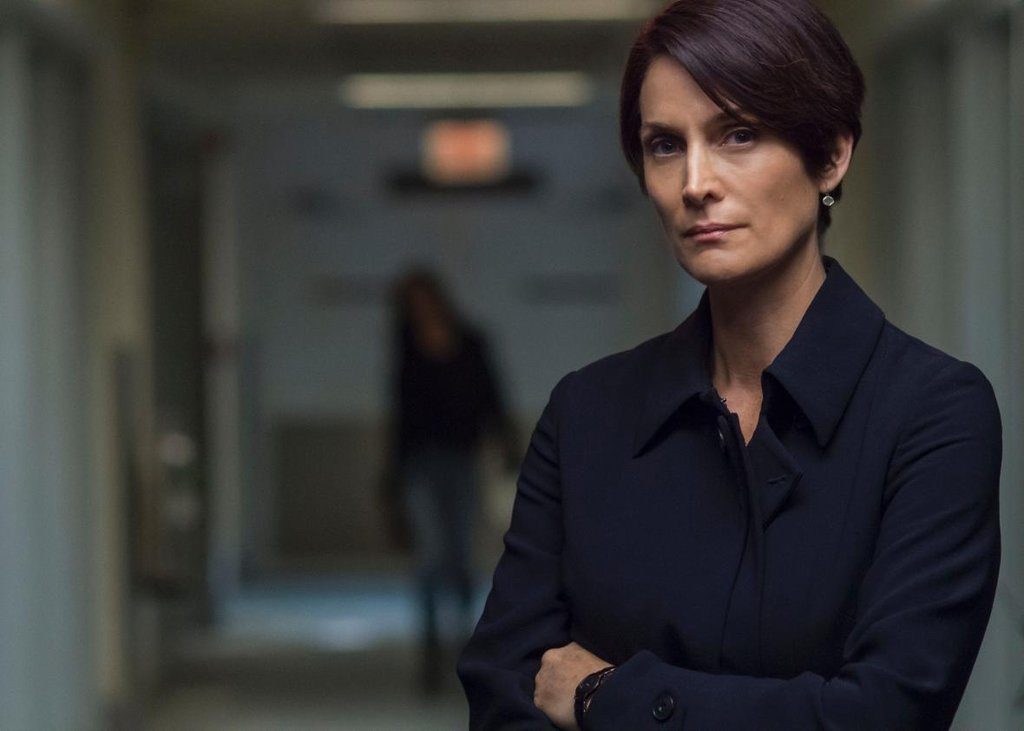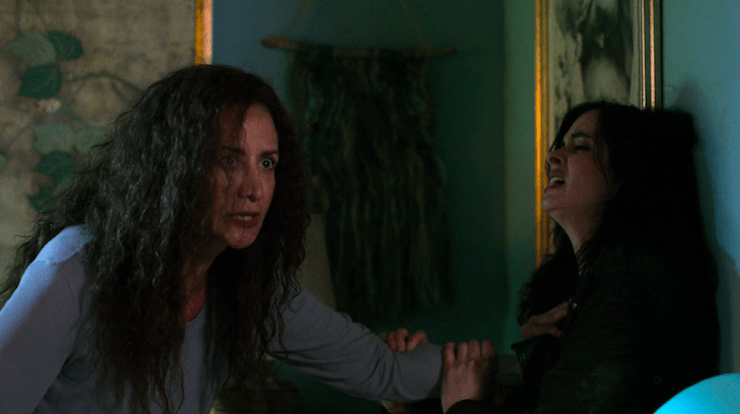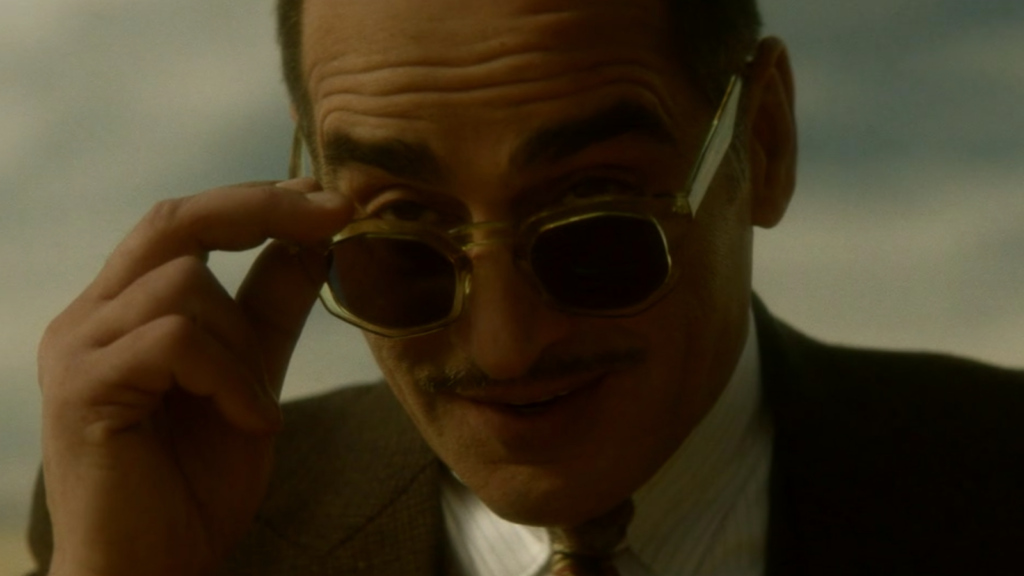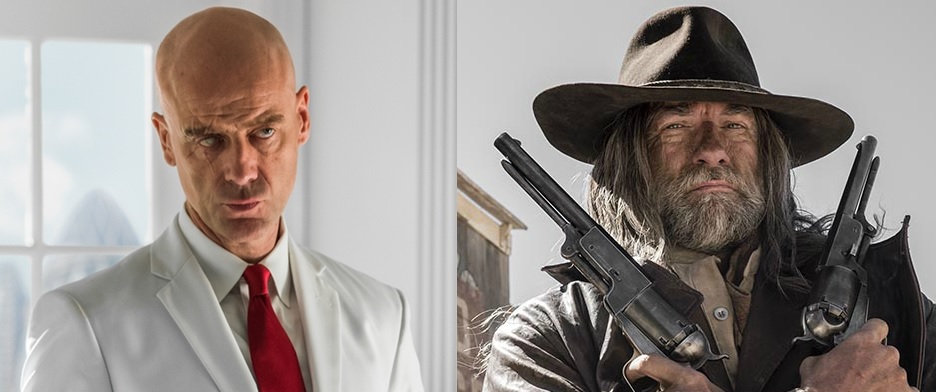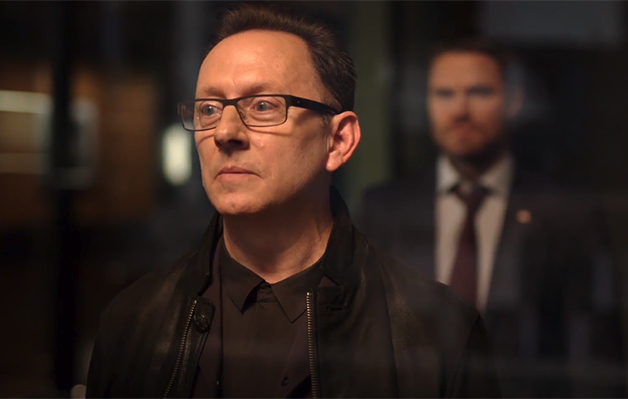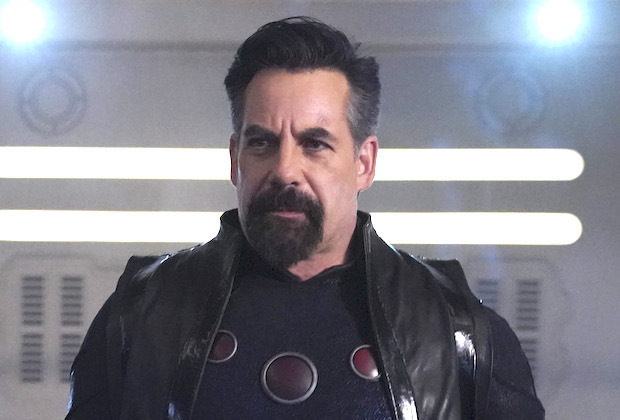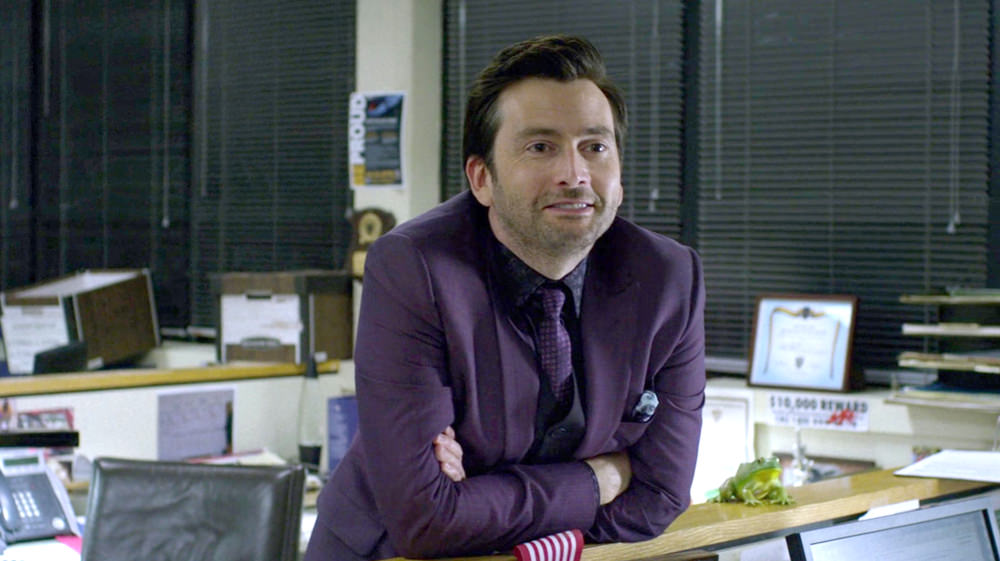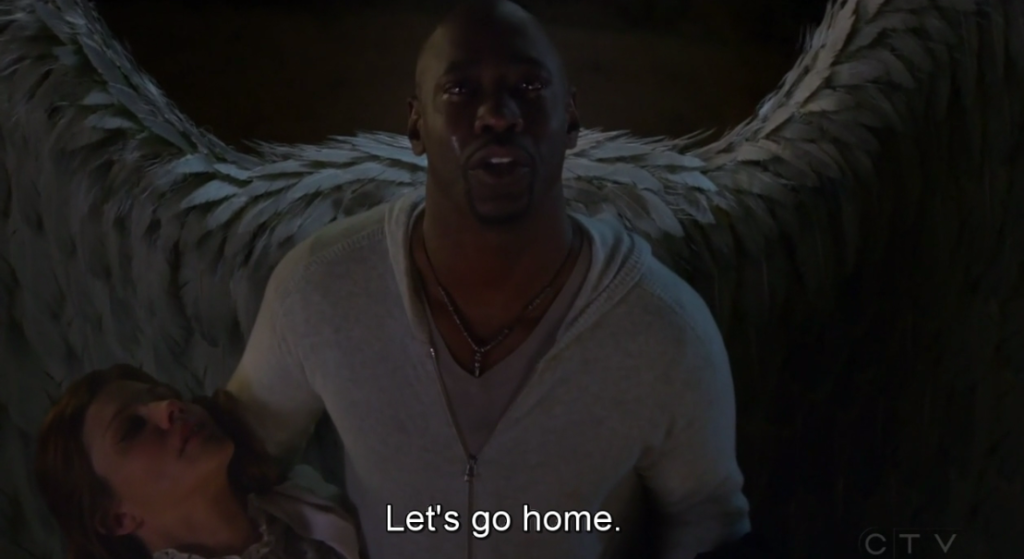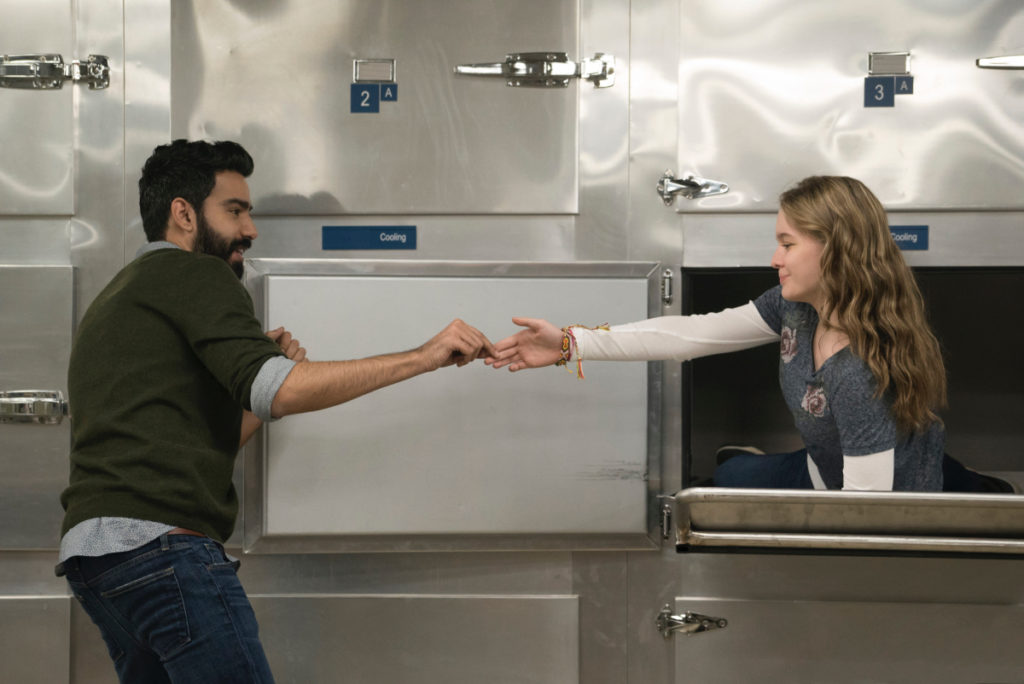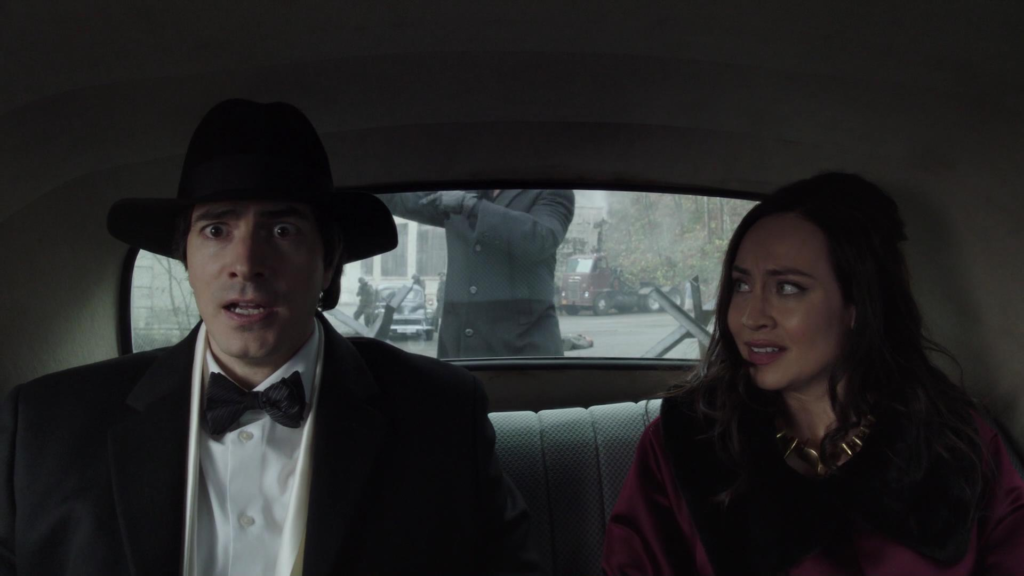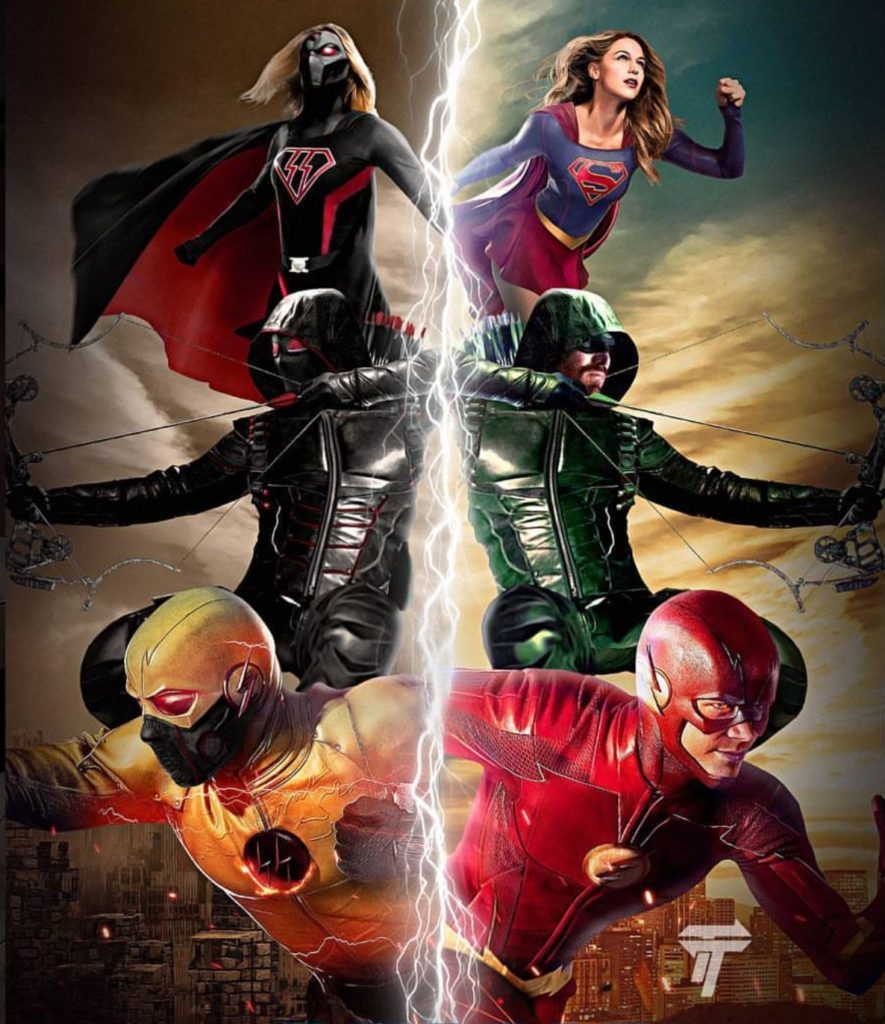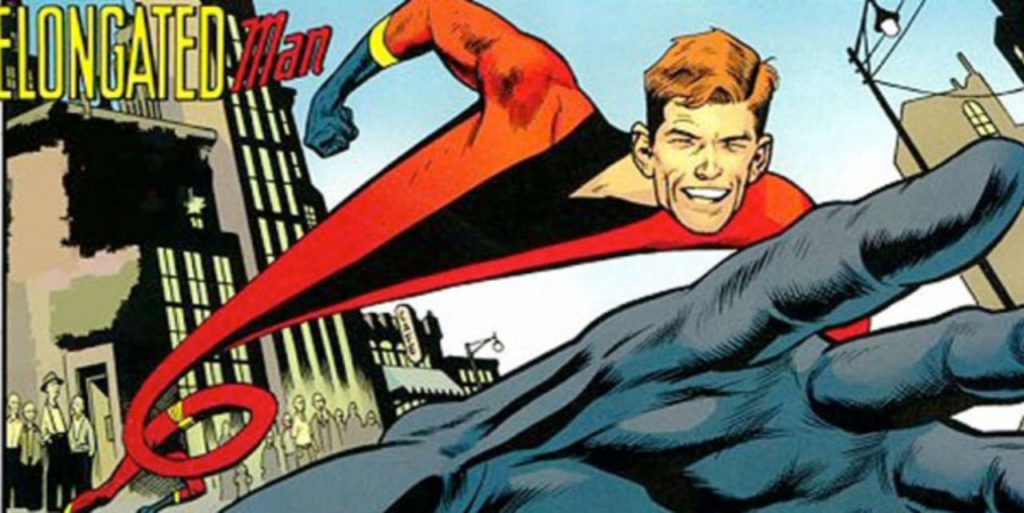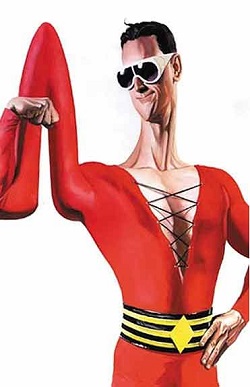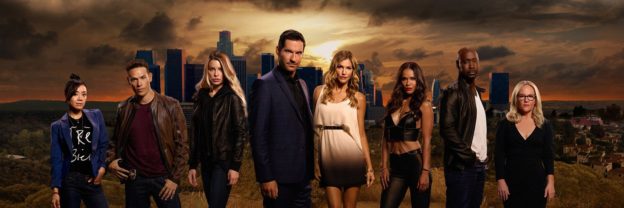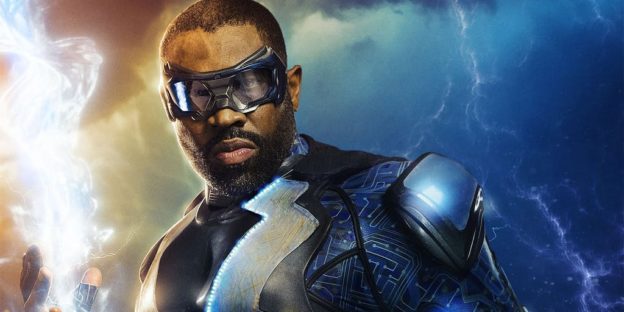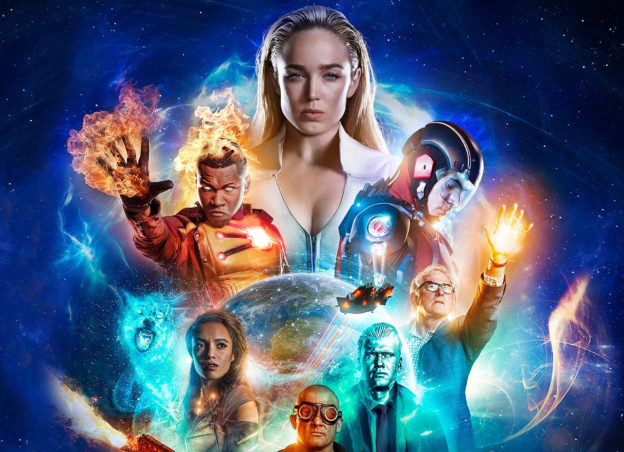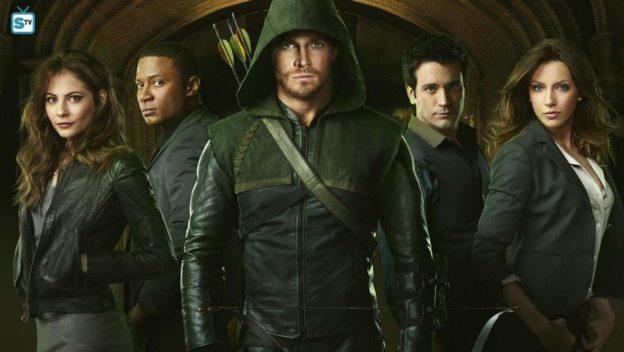I
So I wanna talk about ’em. And I have a blog, so I’m gonna, in a series chronicling the highs and lows, successes and failures, twists, turns, and tragedies of what
So let’s dig into it.
Year two remains a simple one… just one show, Arrow season two. But it began to set the stage for something bigger, grander, and glorious.
The journey from Arrowverse to Beebo-Verse begins in year two.
Arrow: Season Two
Season two is thought of as one of, if not the very best season of Arrow. It’s based on the five-year-old rivalry of friends-turned-nemeses Oliver Queen and Slade Wilson, although they spend the first nine episodes on Oliver vs Brother Blood so we won’t know what’s coming. It’s an operatic battle of revenge that forms Oliver’s first real crucible as a hero, and there’s only one season of Arrow that can compete with it.
So far.
Season seven is… ongoing at time of writing.
In the flashbacks, Oliver, Shado, and Slade are living on Lian Yu, but find themselves being targeted by a group of mercenaries working for a mad scientist named Anthony Ivo who have arrived via a freighter called the Amazo. Ivo’s seeking a Japanese super soldier serum called
Oh, yeah, hey, Sara Lance isn’t dead. Not in the flashbacks and not in the modern day. They hide this from us for a couple of episodes by recasting her with Caity Lotz, who later takes the character to heights they didn’t even think possible back in year two. We’ll cover that below.
In the present, Oliver graduates from being the Hood to the Arrow, and in Tommy Merlyn’s memory, attempts to give up killing. It’s… a rocky road, as he does arrow-murder the heck out of the Count a few episodes in, but he’s mostly determined to stick to it.
Elsewhere…
Diggle begins to reunite with his ex-wife. Felicity becomes a full member of the cast, with a clear crush on Oliver that he’s trying to duck around. (They play it fairly subtly at this stage… when Oliver has a questionable hook-up, she asks “Why her?” and
The Rough Spots
I call it “Felicity interruptus.” Every time, every single time that Oliver needs to attend a meeting to protect his company or have a quick conversation to save his personal life, Felicity or sometimes Digg will call/show up with news about whoever needs Arrow-justice that week, and he’ll have to run off. Without fail. Every time. I gave Spider-Man: Homecoming crap for the same thing… if he chooses hero stuff over personal stuff every single time an important personal matter turns up, it gets old and loses impact.
In one case Felicity actively asks him not to go, and to instead sort out his family business so that he, his mother, and his sister wouldn’t lose their home, their nightclub, and their trust funds (who gave the board of Queen Consolidated control of Oliver and Thea’s trust funds? That is eight brands of dumb). Something that could have been accomplished by saying “Call me back when you have a minute” when Oliver
That’s the one that broke me. That’s the worst one they ever did. It might also be the last one they ever did. In season three I believe he runs out of friends and loved ones who don’t know his identity. But it was still a bad, bad trope.
Also, when Thea’s being written better, Laurel develops a pill addiction that is not a flattering colour on her. As soon as Laurel gets clean, Thea starts endlessly whining about being lied to all the time. Which… she isn’t wrong, but there’s being right and there’s being… not insufferable.
Why is the worst written character always a woman? Well… except on Supergirl, but we’re still two years out from that.
The soap opera romance is better this year, though… the only major occurence being some awkwardness between Oliver and Laurel when Laurel’s sister Sara Lance turns out not to be dead and she and Oliver start banging again.
Let’s see… Felicity interruptus, Laurel’s on pills, Thea bitching about being lied to… I think that’s it.
The Heroes
Oliver’s quest towards being a hero begins with his attempt to stop killing people, which, yes, kind of an important step, especially when you consider how many of his season one victims were just hired security as opposed to actual villainous millionaires. So the transition to hero continues, expressed by changing his vigilante name from “the Hood” to “the Arrow,” but I really want to talk about one of the most important Arrowverse leads, who makes their first appearance this year.
Aside from Barry Allen, I mean.
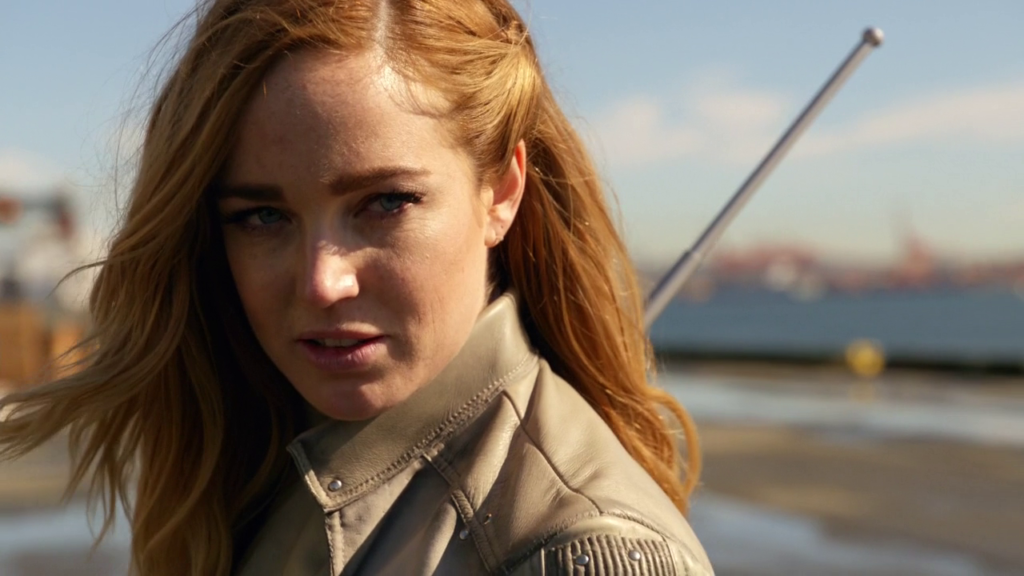
So. Sara Lance. In the flashbacks, Sara’s on the Amazo working for Ivo… in the present day, she’s the Canary, who spent five years with the League of Assassins before returning to Starling City to prey on men who get violent with women. Soon she and the Arrow are crossing paths, and she joins Team Arrow.
Sara continues the trend of “the costume predates the character,” as she is called “the Canary,” but isn’t A-list comics hero Black Canary. That’s still to come. Still, Sara was such a compelling addition to the show that fans couldn’t help but fall for her. Like Oliver, she’s doing her best to put killing behind her. Like Oliver, her past isn’t exactly willing to let her go that easily. Like Oliver, she’s an impressive badass. Unlike Oliver, she manages not to get lost in brooding and self-pity all the goddamn time.
There’s nothing about Sara Lance, proto-Canary, that screams “make her the captain of a time-travelling spaceship,” not yet anyway, but she was a breath of fresh air and the franchise was and is lucky to have her.
The Villains
This is the first example of an Arrowverse trend… a warm-up villain who sets the stage for the Big Bad to come. It’s also one of the few times that said warm-up villain sticks around for the whole season. It’s Sebastian Blood, played by Kevin Alejandro, formerly of the James Woods legal drama Shark (not the only Shark veteran to sign on this season), and soon to be of my beloved celestial drama/crime procedural Lucifer. Despite the fact that he’s named “Sebastian Blood,” I somehow didn’t figure out that he’d be the Arrowverse twist on Teen Titans nemesis Brother Blood until someone called him that, probably because Brother Blood has never been a Green Arrow villain per se, but there really aren’t so many iconic Green Arrow villains that they can limit themselves to that. He basically works. Kevin Alejandro is a solid performer, and the growing mystery behind Sebastian Blood is well-played.
But the primary villain of Arrow season two is, perhaps, the very best villain the Arrowverse has ever, ever done… Deathstroke.
The season two flashbacks show how Oliver and Slade Wilson (Manu Bennett) began to turn from friends to enemies. At the end of the fall finale, it’s revealed that he’s alive, well, and has been in Starling City for some time, plotting some truly operatic revenge against Oliver. Called “Deathstroke” by ARGUS, the Arrowverse’s clandestine government agency of choice, Slade is a physical menace that Team Arrow combined can barely hold up against, and a tactical threat Oliver can hardly keep up with. And it’s all rooted in a compelling performance by Manu Bennett. The complex relationship between Oliver and Slade, past and present, gives the season bite and depth. Plus, flank him with Brother Blood and an ice-cold Summer Glau as Isobel Rochev, and we’ve got a highly effective cabal of villains. I like a good cabal.
Fan Service
Fan service in the Arrowverse comes in three varieties: the good (characters from the comics and geek-friendly guest stars), the bad (characters grossly misinterpreted), and the weird (characters named after comics characters but not even vaguely similar to them).
The Good
- Two, count ’em, two Firefly vets this season. Sean Maher makes a couple of appearances as the Arrowverse version of Shrapnel (minus the meta powers and exploding body), but far more significant is Summer Glau’s season-long turn as Isobel Rochev, who on the show and in the comics makes a play to steal Oliver’s company.
- Bronze Tiger isn’t traditionally a villain. Yes, I certainly know him best as a member of the Suicide Squad, but one of the “good characters who guides the squad” rather than one of the villains pressed into service. And while the episode Suicide Squad gives him a moment of redemption, it will take five years for Tiger, as the show calls him, to begin to move from villain to complicated potential hero. But he’s played by Black Dynamite himself, Michael Jai White, and that’s great.
- Early in season two, Oliver and the Canary take on a serial killer named the Dollmaker. This might be the one time Arrow and Gotham both use a villain and Arrow does it better.
- Robert Knepper, formerly of Prison Break and Carnivale, soon to be of iZombie, menaces Oliver as the precision-timed villain Clock King.
- Can’t ask for a bigger fan service episode than the assembly of the Suicide Squad, on a mission to DC Comics’ fictional European nation of Markovia.
- Nicholas Lea of The X-Files helps Moira Queen run for mayor.
The Bad
- The Huntress is back, and still evil. They call her episode “Birds of Prey,” because it involves the Huntress meeting the Canary, but they do not bond or become friends. Failed WB series Birds of Prey did this pairing better, and that’s nothing to be proud of.
- Amanda Waller comes to the Arrowverse, with the Suicide Squad in tow… but maybe because this is the CW, they went with a young, skinny Amanda Waller. The New 52 reboot of DC tried the same thing, and it just doesn’t suit the character. Cynthia Addai-Robinson does well enough with the role, but it’s just not… well, she’s no Viola Davis.
The Weird
- The flashbacks… and one present-day episode set in Russia… introduce Anatoly Knyazev, known to Batman readers as the KGBeast. He isn’t called KGBeast for another five years, and he bears little resemblance to his comics counterpart (being more of a tactician than a physical menace), but I do love him.
- Speaking of season two fan service that would be corrected five years later… Professor Ivo’s boat is named in honour of comics-Ivo’s most notable creation, the android Amazo, who can copy the powers of the entire Justice League and is not, canonically, a boat. In year two, it’s an Easter egg for comics fans. In year seven, they introduce Ivo Labs, and a proper Amazo android, who in deference to season two is infused with mirakuru. It was a bit of a wait, but worth it.
- Slade’s first mirakuru-enhanced minion is named Cyrus Gold, a clear reference to classic comic villain Solomon Grundy, something backed up by Gold’s fascination with the Solomon Grundy poem. Once again… Gotham did this one better. I hate saying that. They keep making me say that.
- Diggle’s ex-and-future-wife, Lyla Morgan, has the codename “Harbinger” in the episode “Suicide Squad.” Making her a reference to the comics character Harbinger (real name Lyla), a key player in the mack-daddy of all comics crossovers, Crisis on Infinite Earths. At the time, we had no reason to believe that they might be working towards a TV version of Crisis. Things… things have changed.
- Jean Loring, the Queen family defence attorney, and Starling City DA Kate Spencer both have one thing in common with their comics counterparts, in that they have similar professions. But Kate never fights crime as the Manhunter, and Jean seems unlikely to marry Ray Palmer or… do any of the dark-ass things Jean got up to starting with Identity Crisis. A story DC is probably trying to
queitly walk back.
The Crossover!
There still isn’t a real crossover in season two, because there’s still only one show… but we have a crossover of sorts in “The Scientist” and “Three Ghosts.” After filling the first third of the season with TV reports on the impending and controversial opening of a particle accelerator at Central City’s STAR Labs, future Flash Barry Allen makes his way to Starling City in the eighth episode… which for the next few years is exactly when the crossovers happen. Barry assists Team Arrow in stopping Brother Blood’s first successful mirakuru minion, gets closer to Felicity than Oliver liked, and returns home to Central City just in time to get struck by lightning after the STAR Labs particle accelerator goes kablooey.
This is more of a proto-crossover than last year’s introduction of the
RIP
There’s always deaths in the Arrowverse, and it’s usually someone you didn’t want to go.
Needless to say, here there be spoilers.
Farewell to Oliver’s mother, Moira Queen. She was complex, rarely entirely trustworthy, but as soon as they revealed that she knew Oliver was the Arrow we had to know her time was limited. Moira Queen is a casualty in Slade’s war against Oliver.
Moira’s final episode also involves flashbacks to a fling of Oliver’s who ended up pregnant. This… this is going to be important down the line.
Parting Thoughts
Isobel Rochev was on Robert Queen’s list.
Arrow season two introduces us to Nyssa Al Ghul, the lesser known daughter of Batman villain Ra’s Al Ghul. Lesser known to the point where even I’d never heard of her. Later Nyssa would be given her own DLC in the Batman: Arkham Knight game, which I have to believe Arrow is responsible for. Nyssa is a very popular character with Arrowverse fans, but sadly actress Katrina Law got busy, so we don’t see much of her lately.
Nyssa’s debut is also the first occurrence of something the Arrowverse is really good at. The Arrowverse has a strong track record with LGBT characters, and they’re great at one specific thing… normalization. People don’t strongly react to a character being gay on an Arroverse show, even one who’s just come out. Being gay or bi isn’t a scandal or a shock or a Condition, references to same-sex relationships aren’t treated differently. Which is how it should be. In “Heir to the Demon,” Nyssa’s first appearance, the entire gang learns that Sara and Nyssa were romantically involved during Sara’s five years with the League of Assassins. Everyone, from her sister to her parents to her past and future lover Oliver, responds with at most a simple “….Oh.” And then they’re fine. Hell, Quentin’s just happy that Sara had someone special for the last five years, he could not care less what gender they were.
I talked to Manu Bennett shortly after Moira’s death aired. I told him that in the moment, I almost felt bad for Slade, because it seemed like he wished he didn’t have to do this. His head popped up, a smile on his face, because this was exactly what he was going for, and he was glad to know it landed. Cool guy, Manu Bennett. Shook my hand twice.
Next time in this series, The Flash becomes the makeshift Superman to Arrow’s pseudo-Batman… something they dig even further into… and a certain British con-artist magician garners attention.
Next time on the blog in general… who knows. I have other projects demanding my time. We’ll see.

